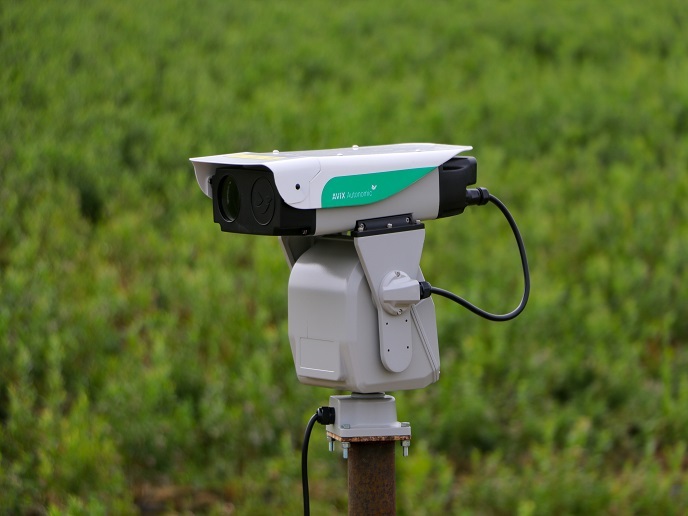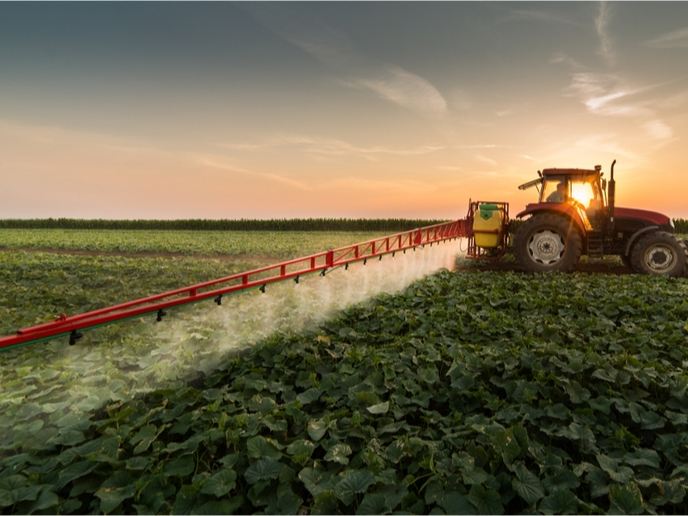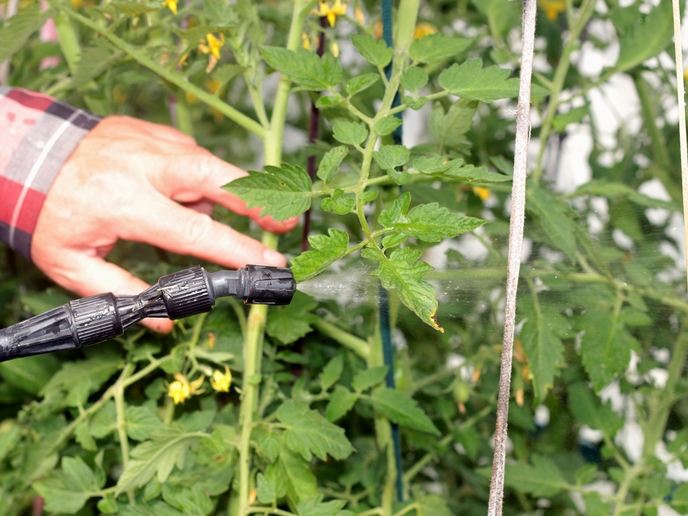No more crop damage thanks to intelligent laser technology that keeps pest birds away
Farmland in northern Europe teems with life each year during winter when the numbers of overwintering geese from the Arctic Circle reach their annual peak in the millions. “It’s quite a sight for nature lovers, but a nightmare for farmers whose grasslands, meadows and wheat crops get trampled and grazed by the birds,” explains Steinar Henskes, coordinator of the EU-funded BIRD RELEASE project. Meanwhile, other bird species in southern Europe seasonally attack very valuable orchards and vineyards. Agricultural pesticides have put a strain on birds foraging between crops. Plant protection products used in agriculture to control pests and commonly labelled for normal use can poison animals. There’s evidence that bird-related mortality occurs frequently after such regular use in fields. In Europe, farmland birds have declined at a greater rate than those in other habitats. Poisoning may occur either by direct consumption of the chemical as in a treated crop or by secondary exposure like transfer within the food chain.
Effective, cost-efficient, sustainable solution to bird problems
Until now, scaring birds has either been ineffective or inhumane. “The holy grail is an automated, 24/7 method or product that repels birds effectively without causing any harm – all at competitive pricing,” notes Henskes. The BIRD RELEASE team developed an autonomous bird deterrent system called AVIX Autonomic Mark II that harmlessly scares away over 80 % of birds in a designated area. “It’s a long-term, animal- and environment-friendly approach to repelling birds,” adds Henskes. AVIX Autonomic Mark II consists of an autonomic robotic laser that provides round-the-clock coverage of the location that needs protection from birds. When a bird enters a field, it’s immediately detected by a software-powered camera that continuously scans the area. Based on the birds’ movement characteristics, a pattern is then chosen to aim the diode laser. Birds perceive the approaching laser as a physical danger and avoid the region. Equally important, birds don’t become accustomed to the laser. The technology is equipped with wireless connectivity. Its app can be used for easy installation, to remotely change configurations and check whether it’s operating properly. The system’s modular design can integrate other bird detection systems. It can be incorporated into integrated pest management farming, and also add or omit parts based on customer needs. All components can be effortlessly replaced within minutes. Production can be scaled up because the system is relatively simple to build. There’s room for continuous improvement thanks to all these unique features.
Roadmap to commercialisation
After validating and certifying the system, project partners put a business plan in place for a successful market launch. Agreements with key partners have been established to achieve the best value for money with respect to equipment and materials. AVIX Autonomic Mark II went into production and is now being sold all around the world. It’s primarily sold to farmers with grasslands, wheat, orchards and vineyards because they suffer the most damage. “By becoming the scarecrow of the future, we have solved the age-old problem of birds eating farmers’ harvests,” concludes Henskes.
Keywords
BIRD RELEASE, bird, laser, crop, farmer, pesticide, scarecrow







